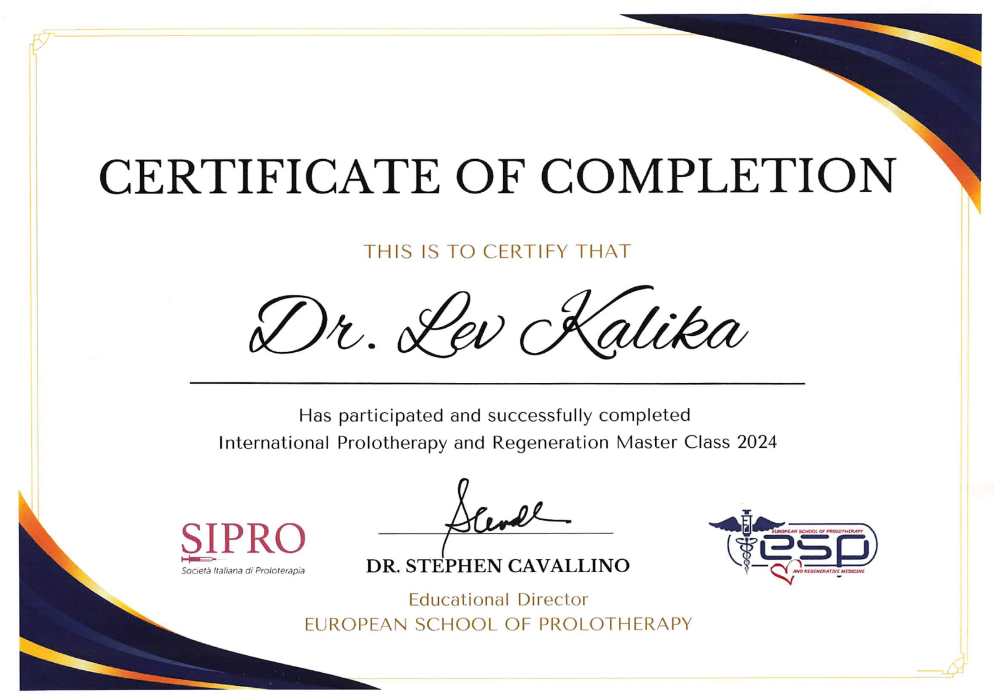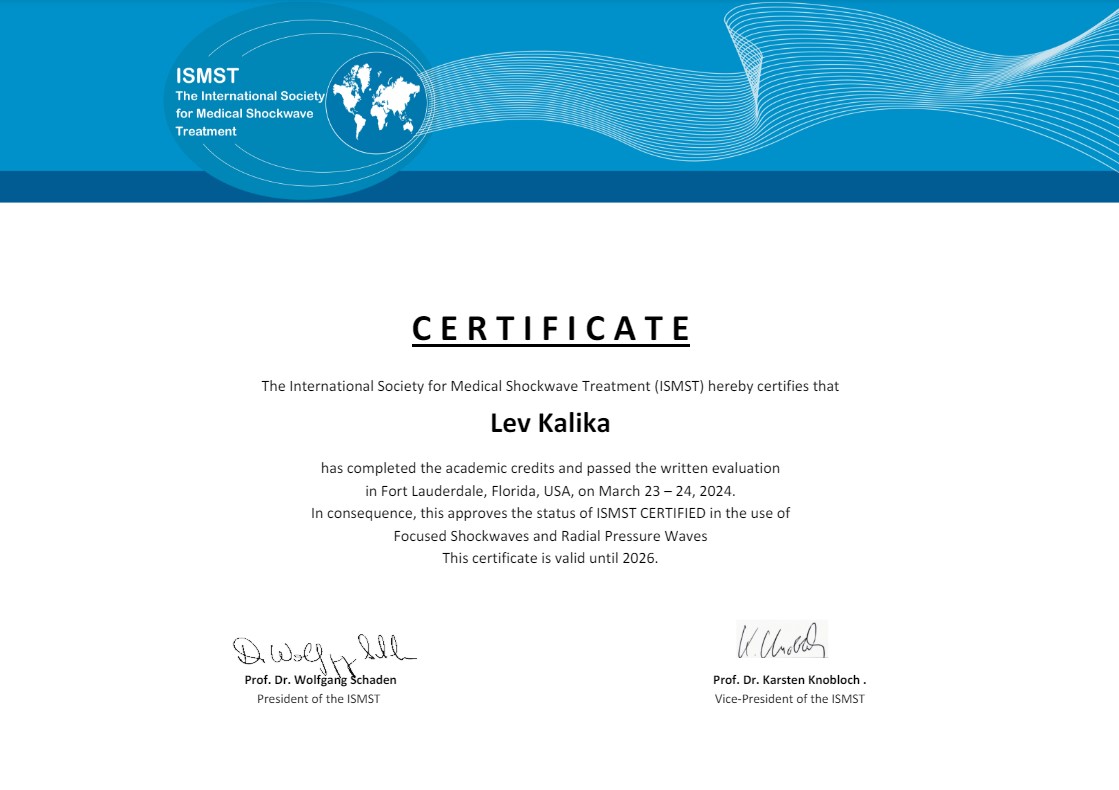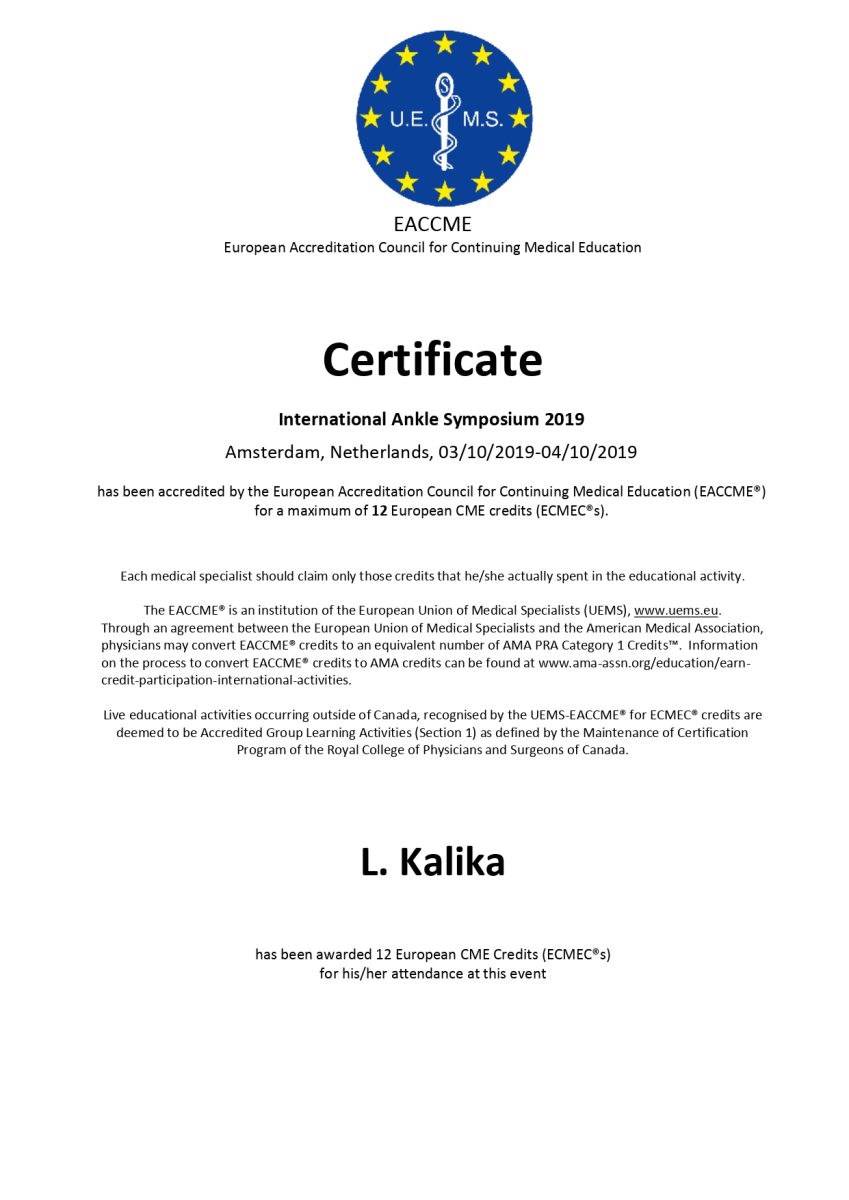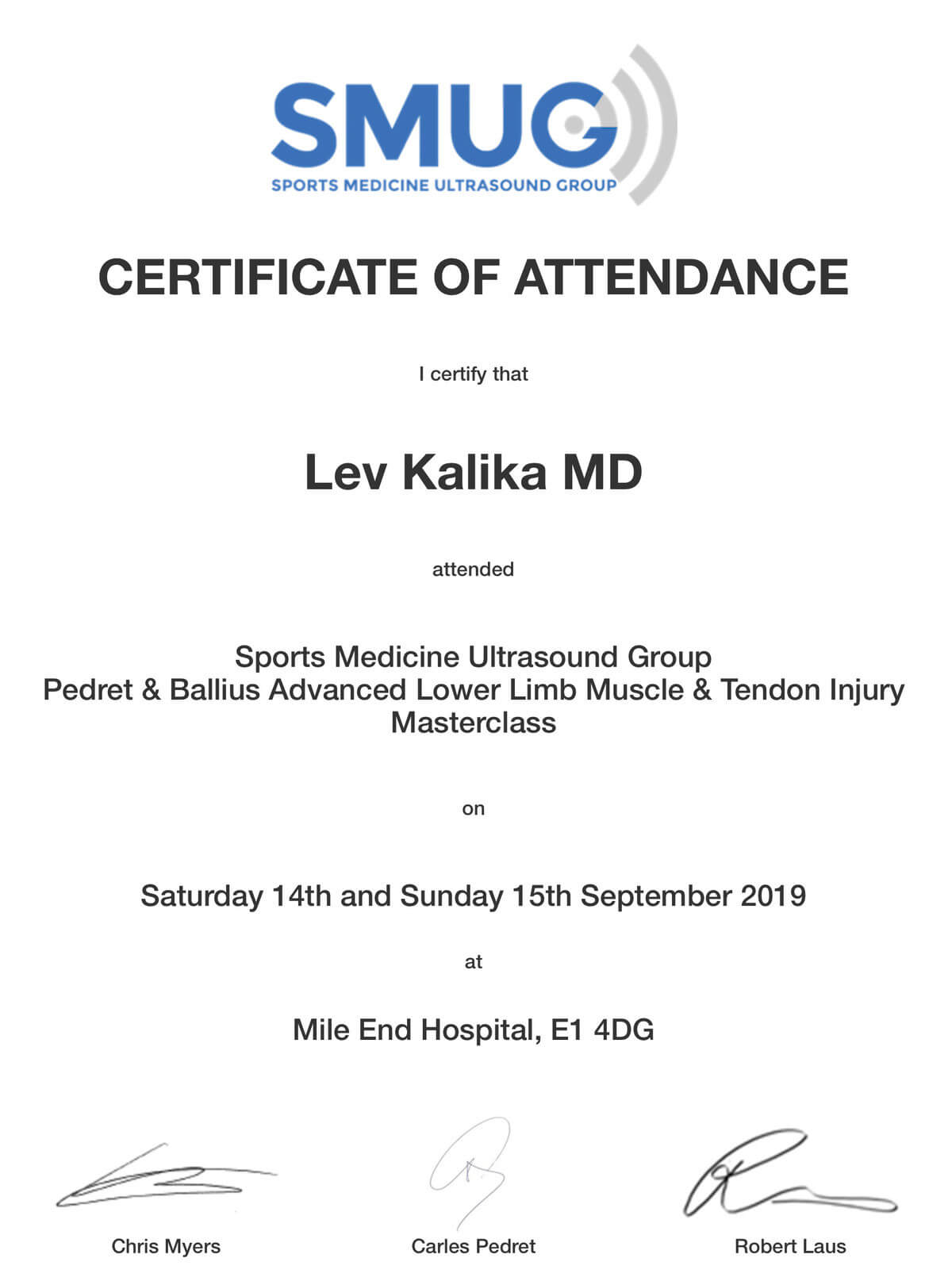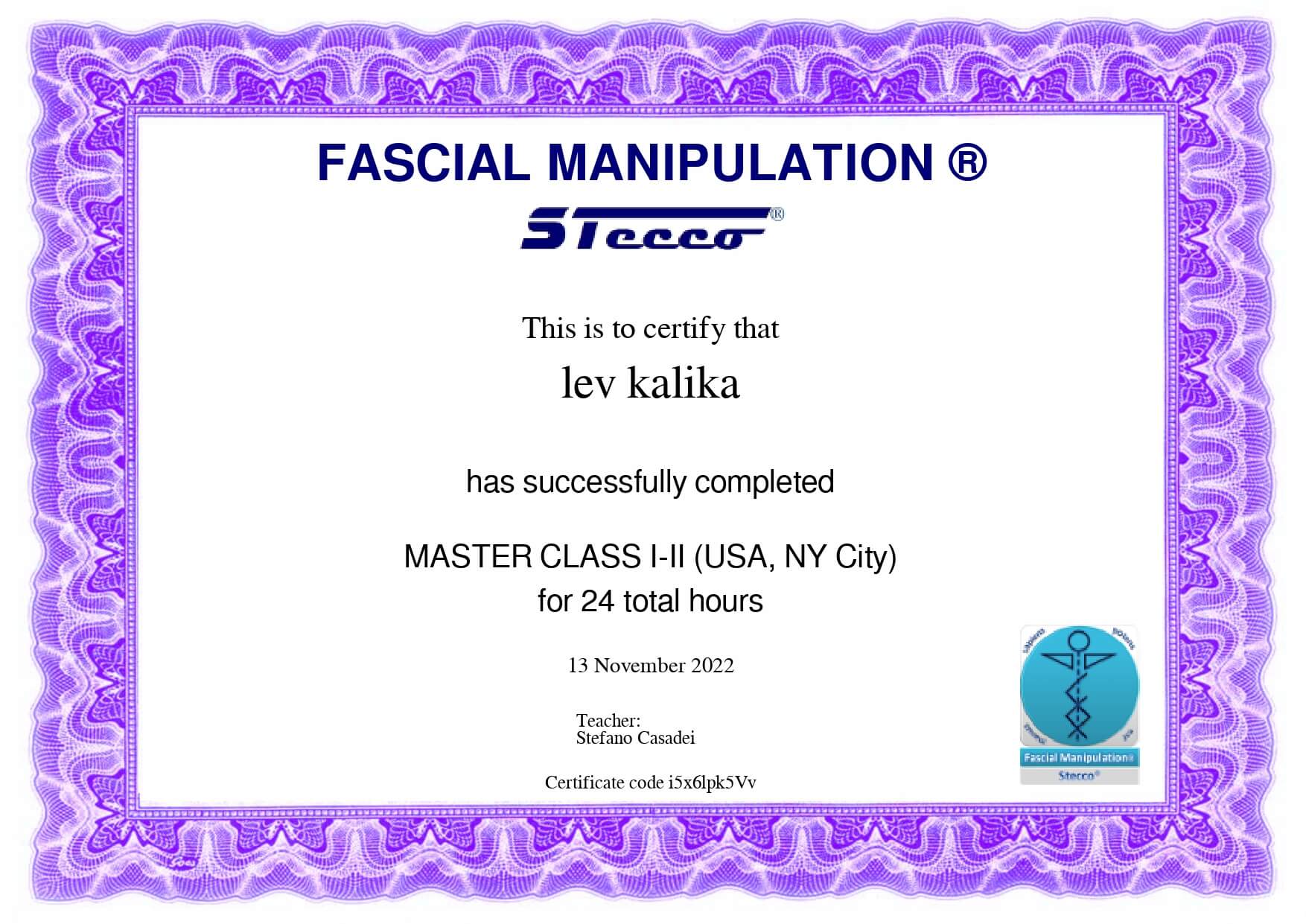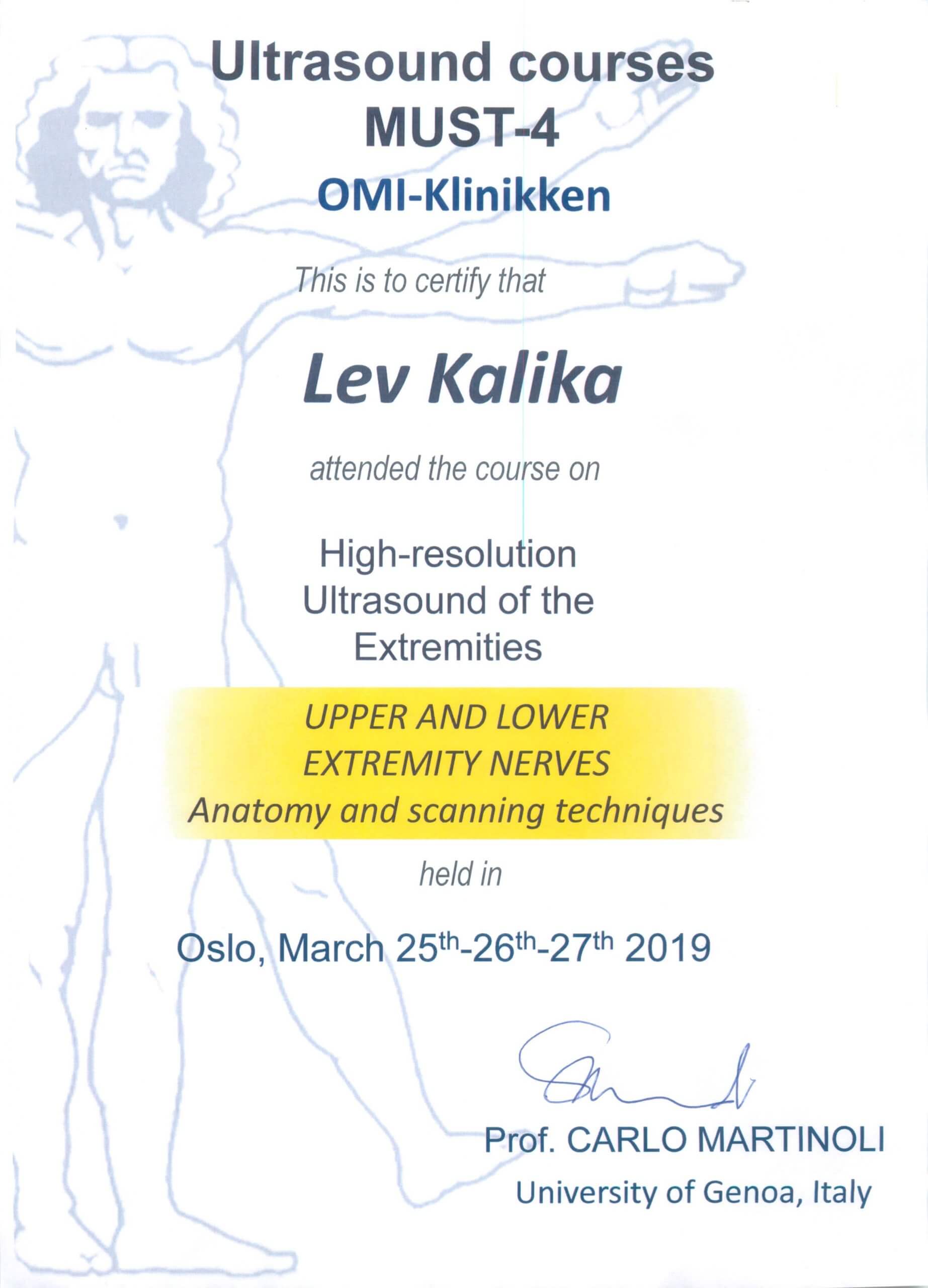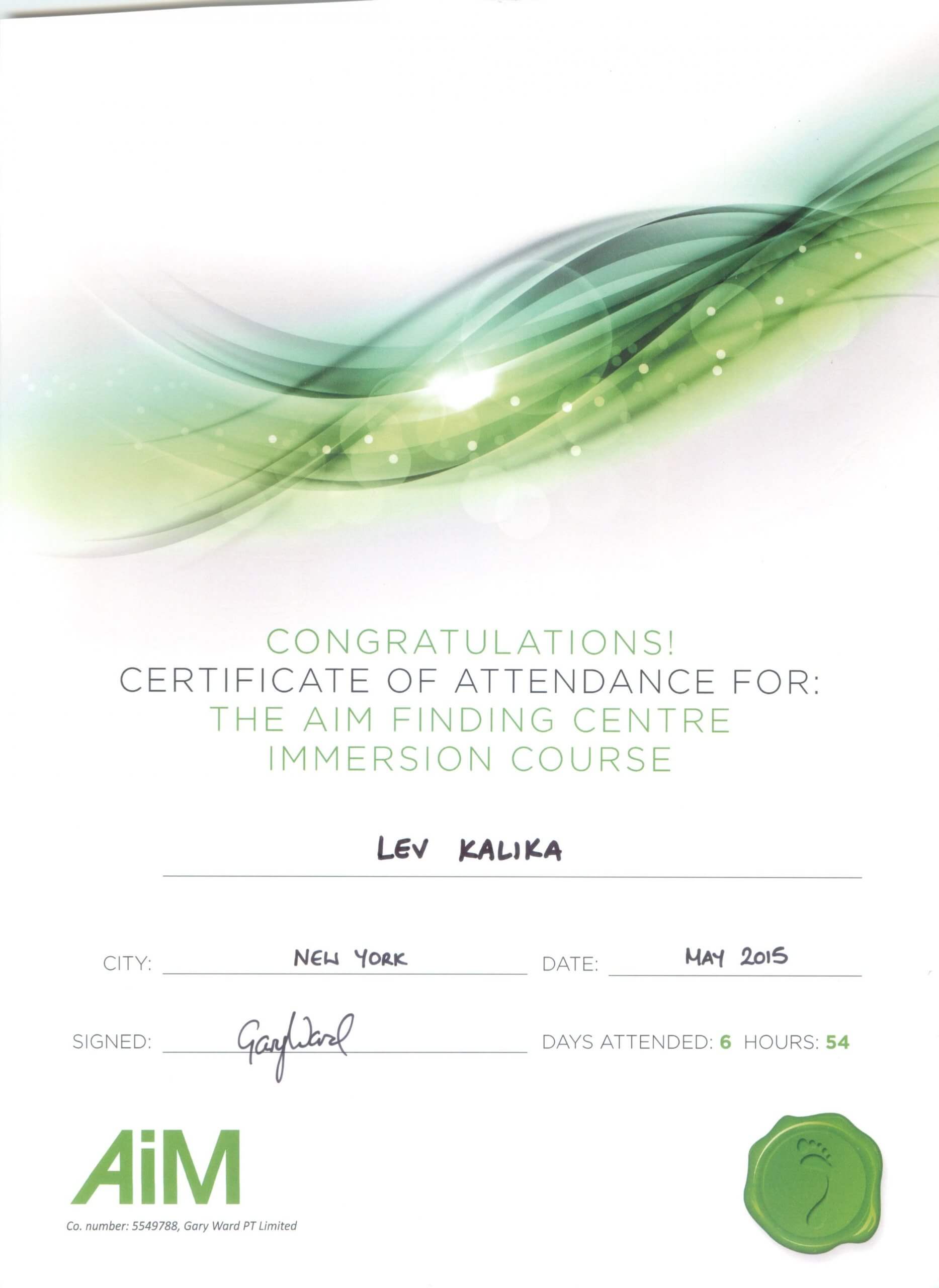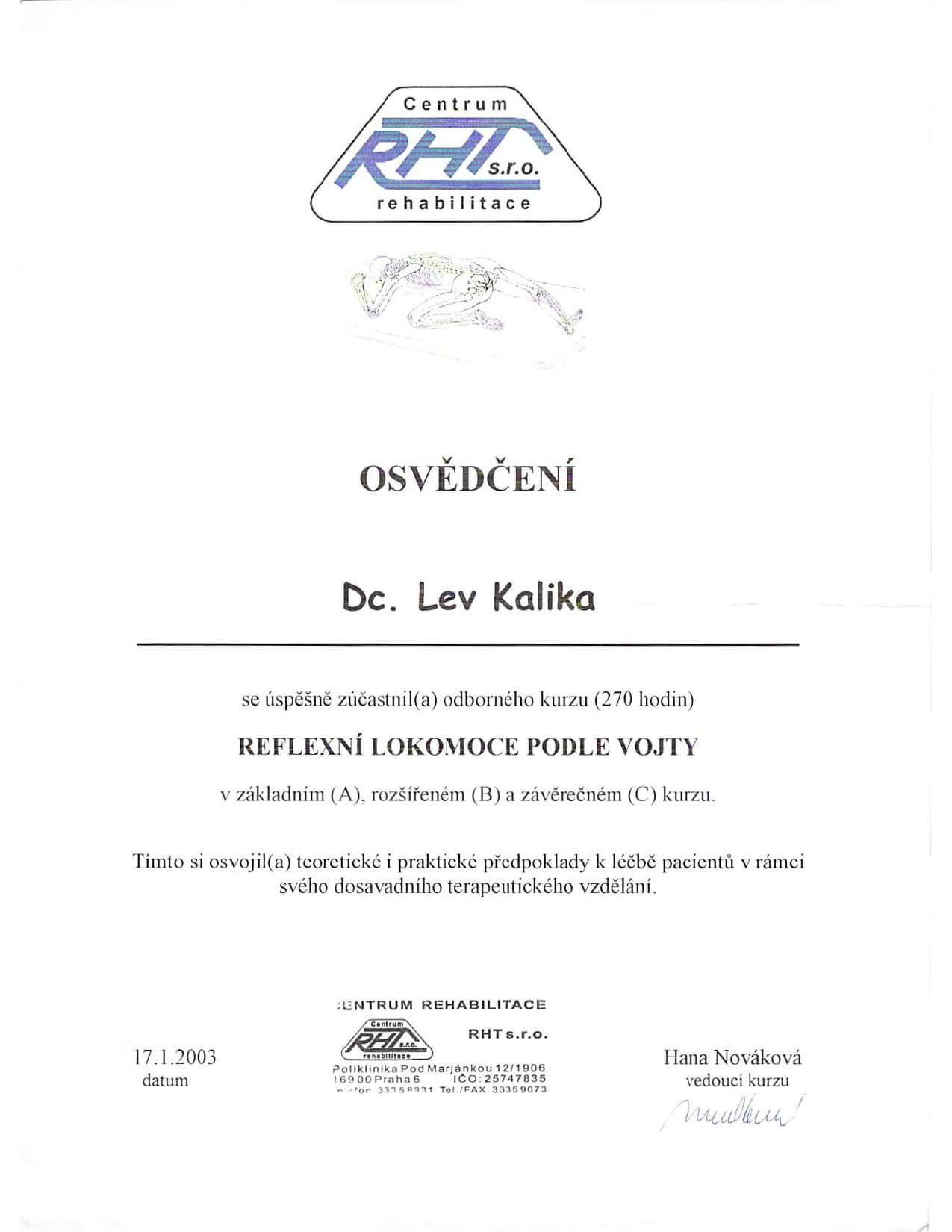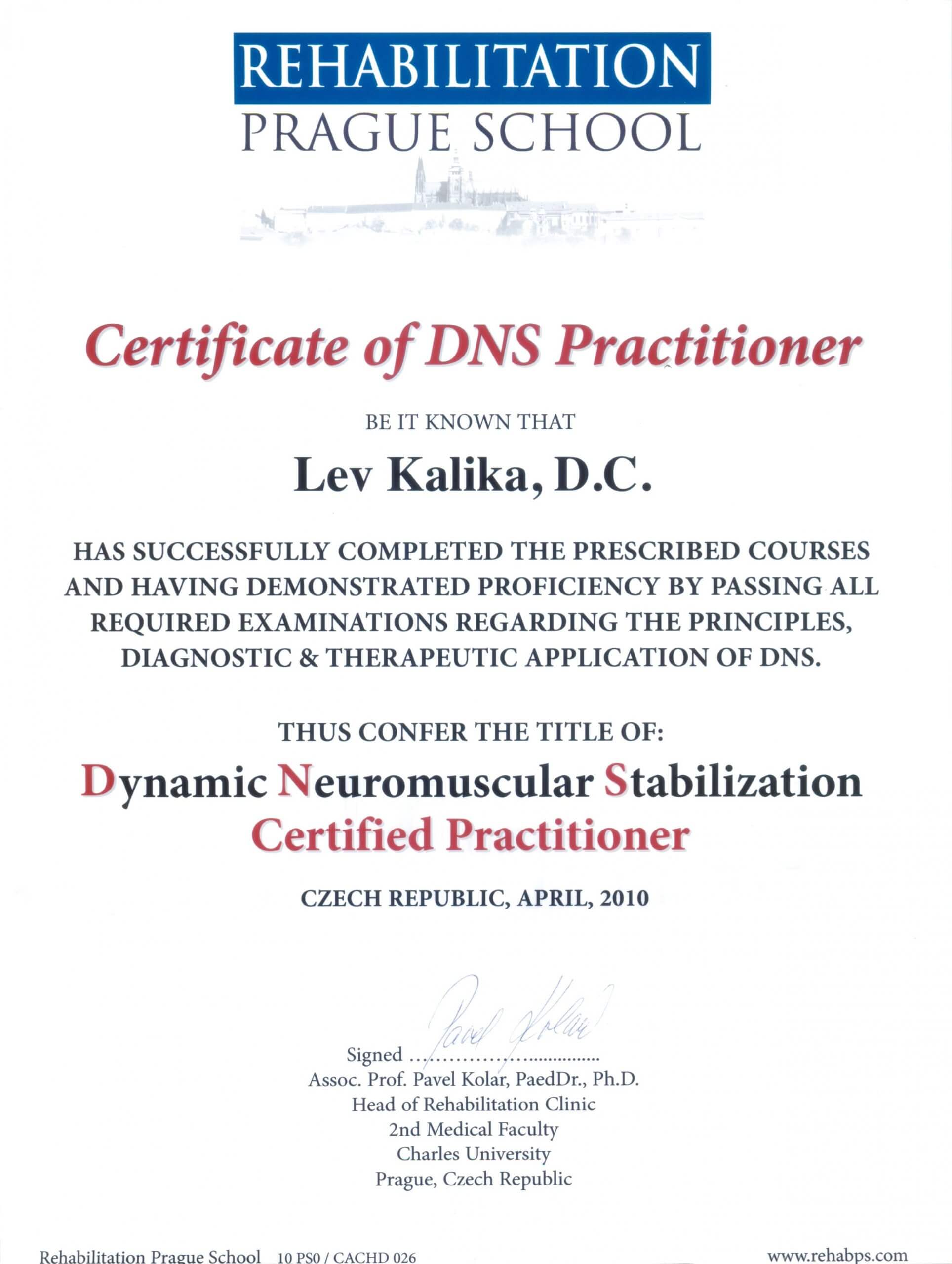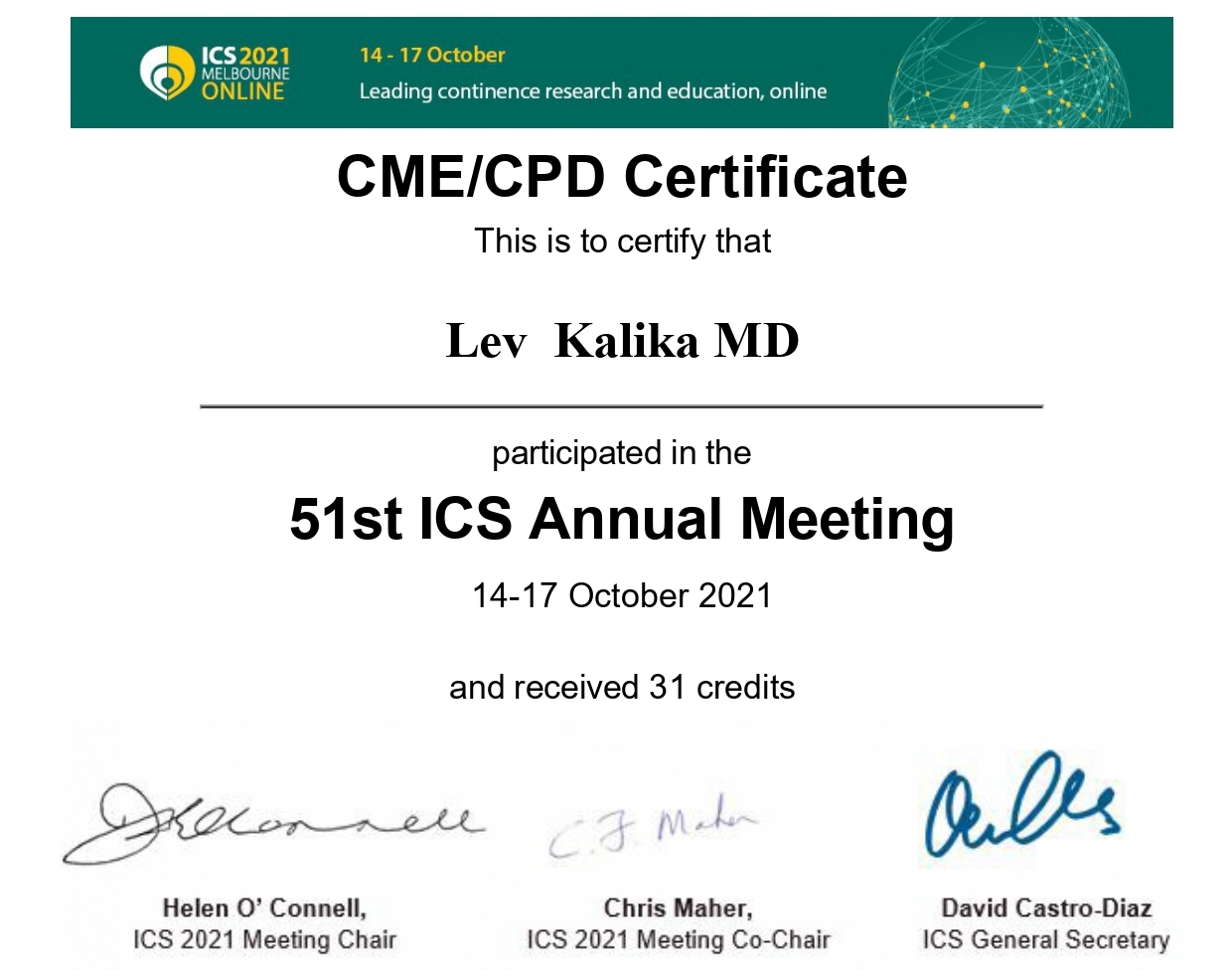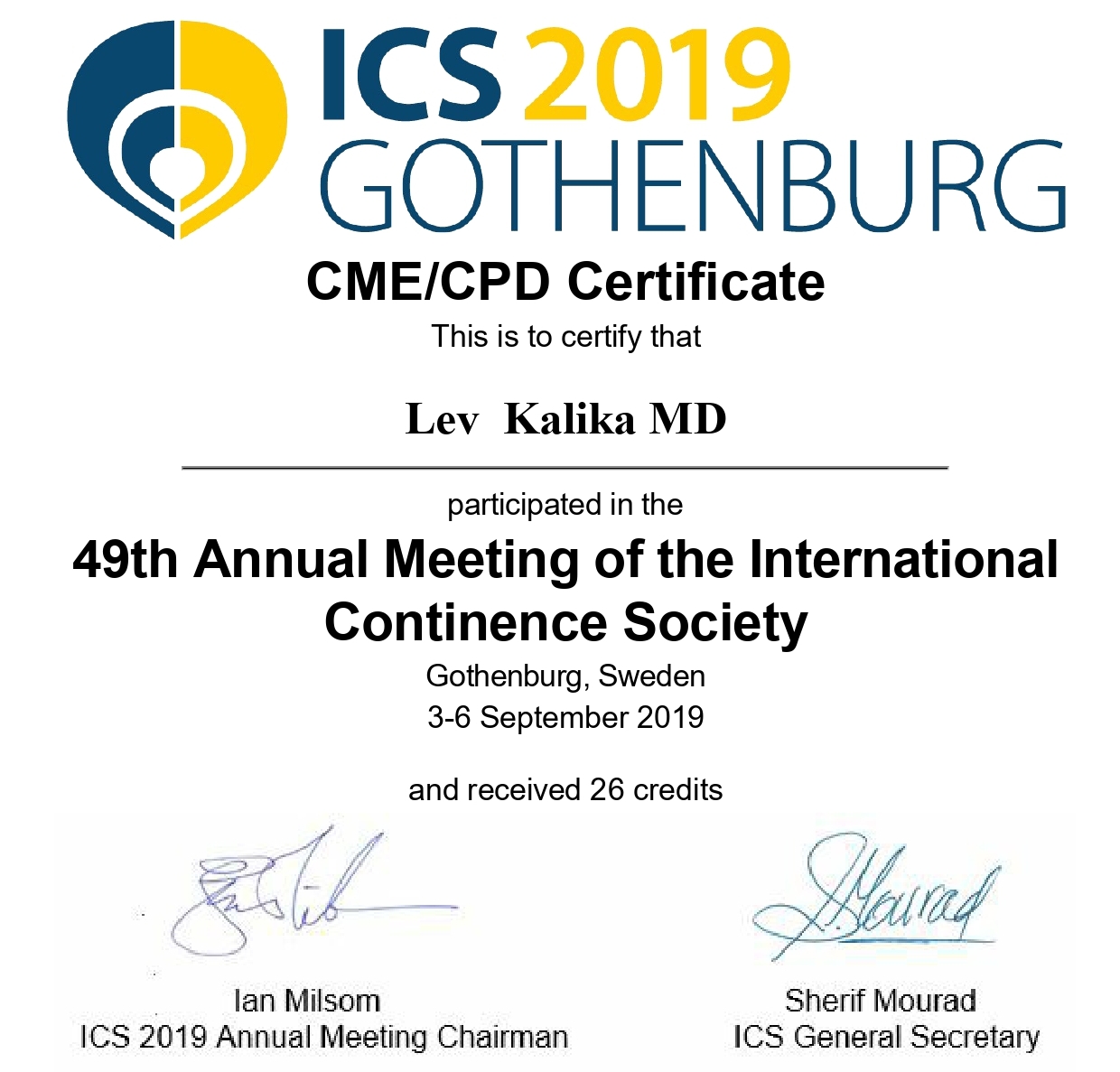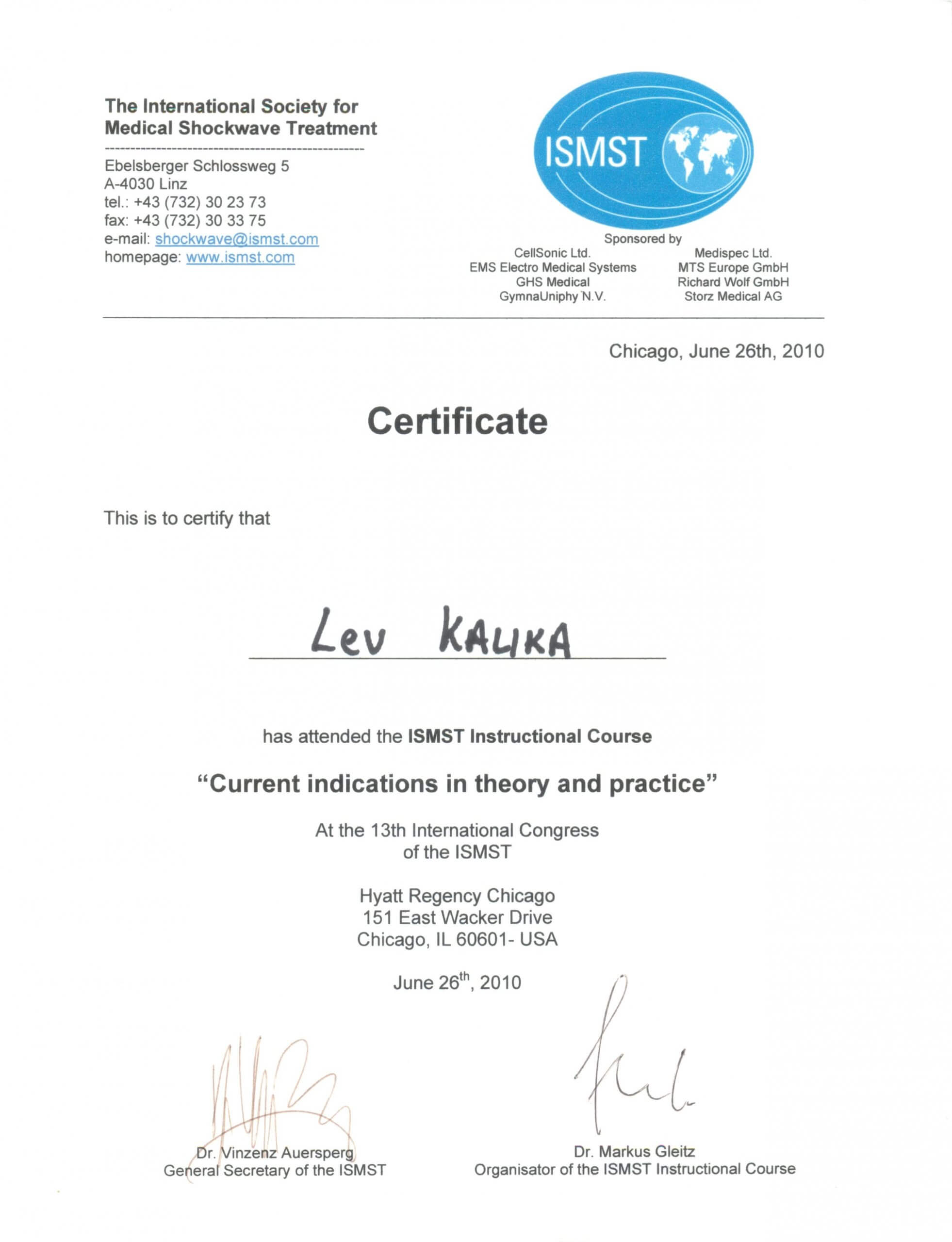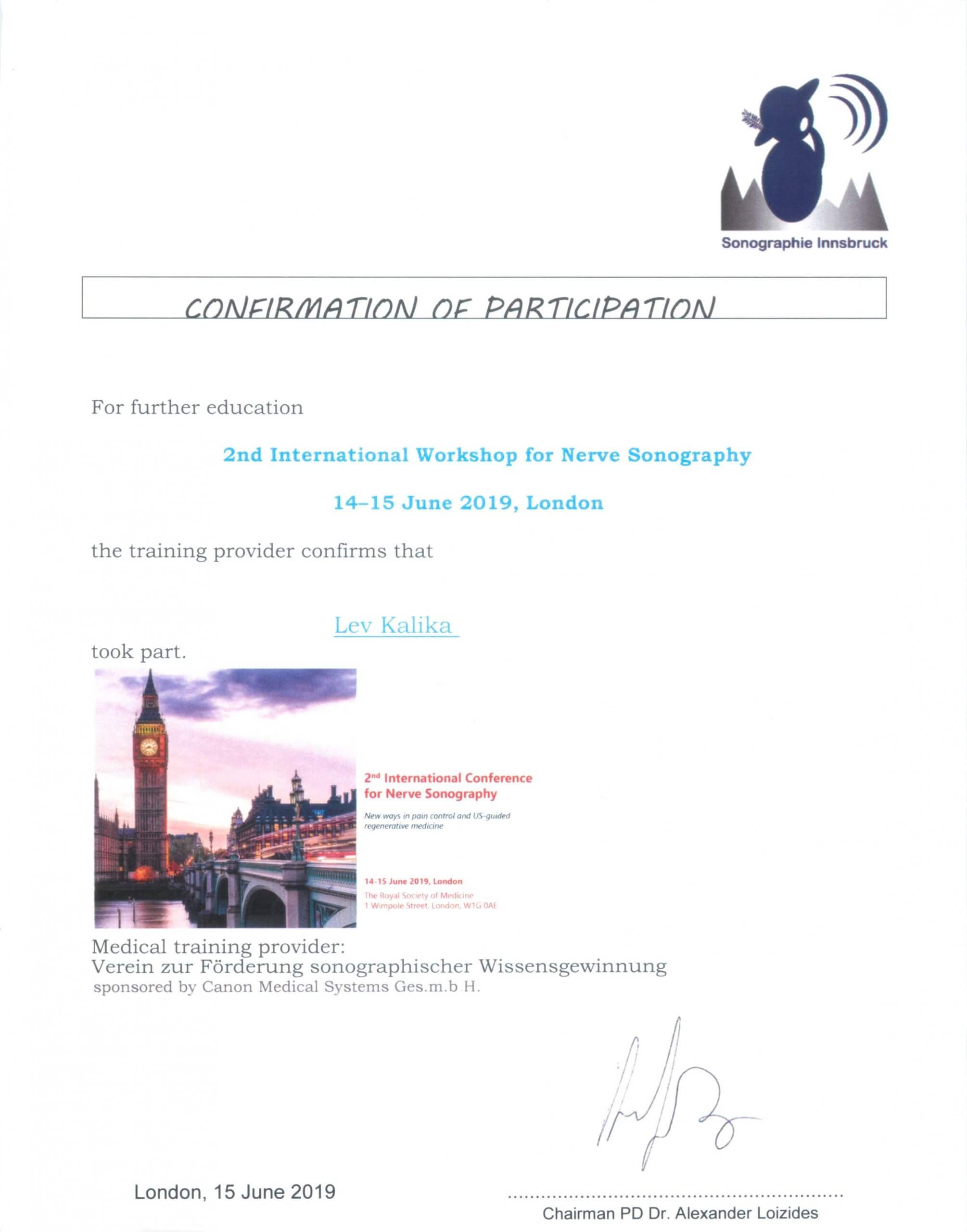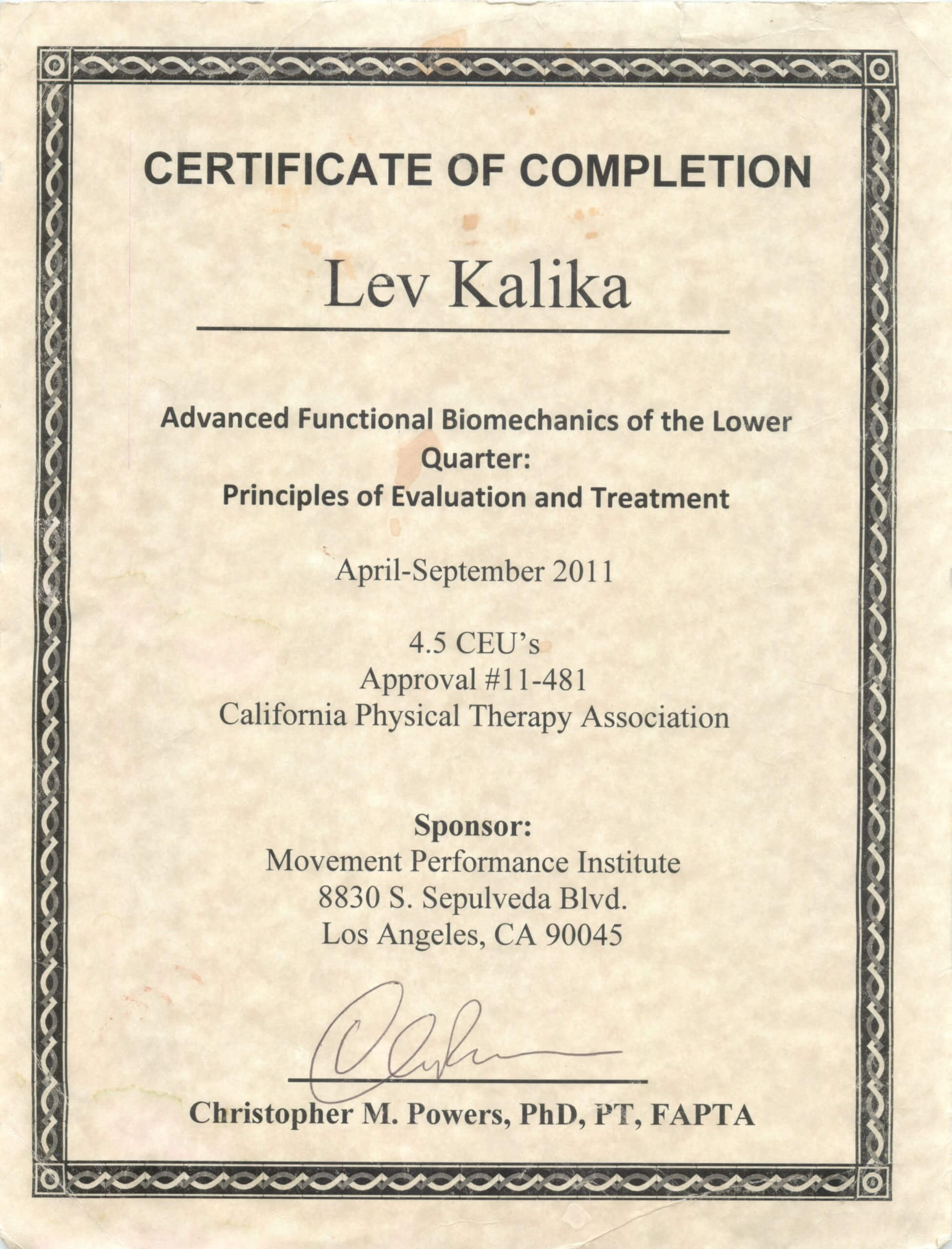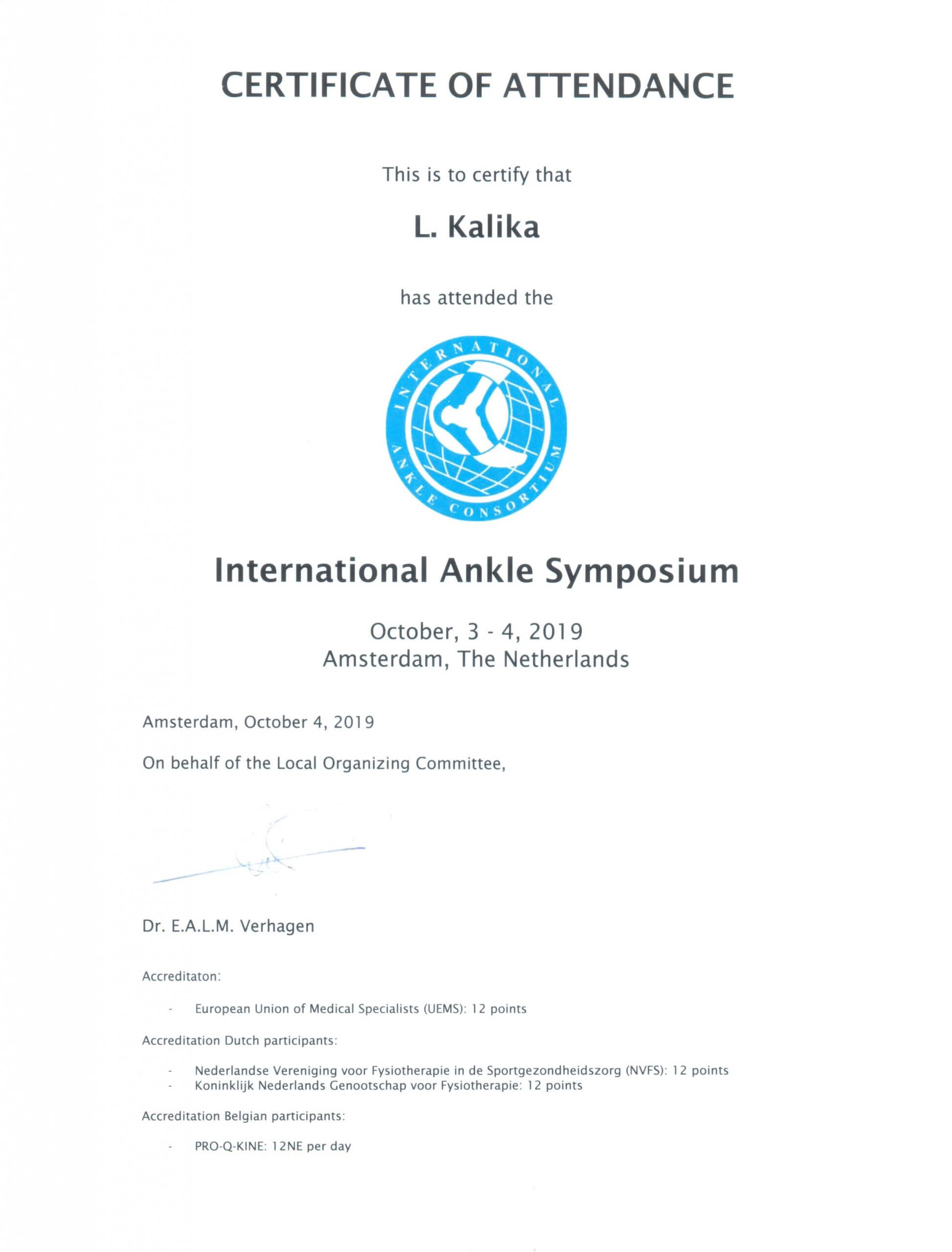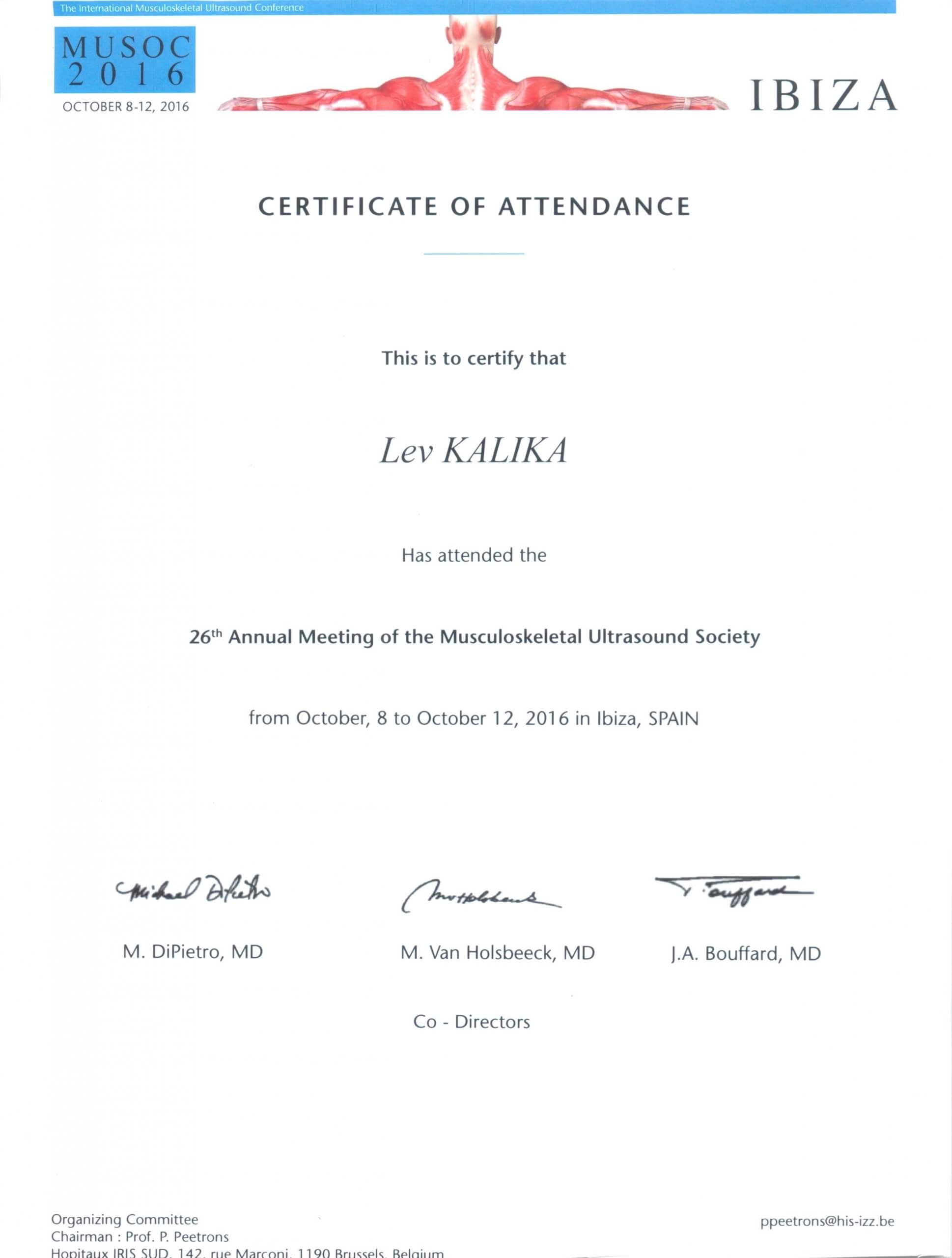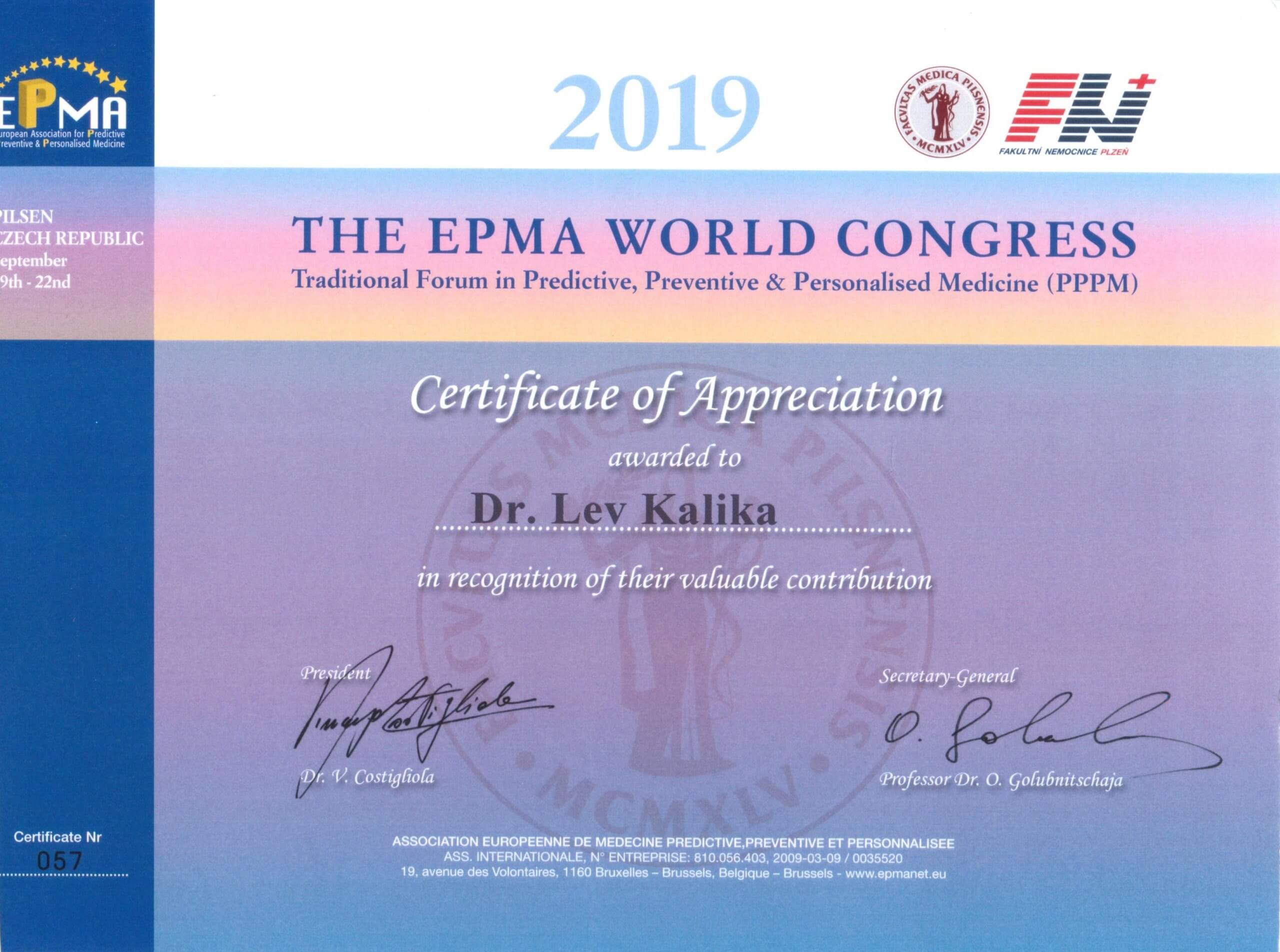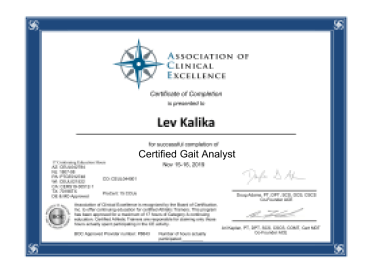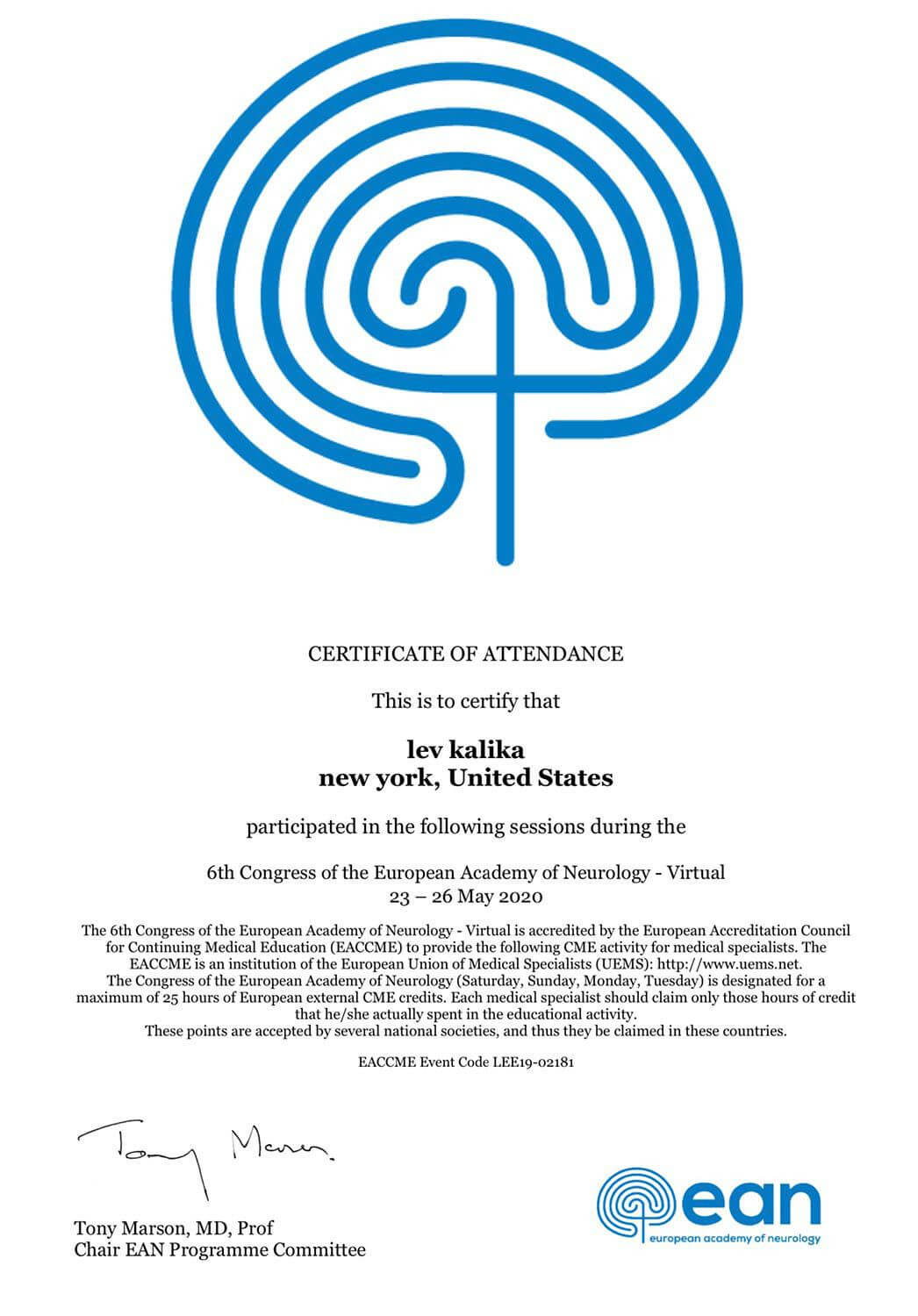If your headaches are accompanied by neck pain, you may be suffering from cervicogenic headaches. These headaches have specific symptoms, and they are different than standard headaches. There are several treatment methods for these headaches, physical therapy being one of the most effective.
The pain associated from headaches can originate from many areas of the body. When it comes to cervicogenic headaches, the discomfort originates from the neck or cervical spine. When the body experiences pain in a region distinct from the source of the pain, it is known as “referred pain.” The neck can cause pain in the head because the two regions have nerves in common.
Inside of the neck are multiple vertebrae. These vertebrae, which form joints, are responsible for the mobility of the neck. As you go through your daily routine, you move your neck without thinking. This seemingly minor action utilizes the nerves, ligaments, muscles, and joints in the neck. If you overwork the neck, the associated muscles and joints could end up irritated. This irritation is sometimes felt in the head, and is perceived to be a headache.
After sustaining injury to the neck in a car accident, patients often complain about headaches. These headaches are often cervicogenic in nature, and are best treated by alleviating the pain the neck.
There are many signs that you might have a cervicogenic headache. Your headache might be intermittent, which brief flashes of pain followed by relative comfort. You might also have noticed that specific neck motions trigger your headache. If you’ve noticed an increase in head pain after sitting in an awkward position at your desk, for example, it’s possible that your headache are originating in the neck region.
If you think you may have this type of headache, try pressing on the base of your head. If there is pain or tenderness there, this is a sign that you may be suffering from these headaches. The pain associated with these headaches tends to start at the base of the neck and run up to the forehead. If you have soreness throughout that area, it’s likely caused by the neck.
These headaches can be caused from a number of factors. When sitting, take note of your posture. If your neck is not appropriately aligned with the rest of your body, or if you tend to slump, you may be injuring your neck due to poor posture. This can lead to muscle soreness in the upper half of the body. These headaches also afflict people with muscular imbalances. They can also be brought on by recent injuries and an excessive amount of stress.
Physical therapy is one of the most effective ways to combat this particular type of headache. When you seek out a physical therapist for treatment, they will first evaluate you. They will examine your posture, your muscular strength, your balance, and your flexibility. They may use their hands to stretch and assess your neck area.
Once they have examined the mobility of your neck, they’ll give you exercises intended to strengthen the neck region. By enhancing the muscular structure around the neck and head, you’ll be less likely to feel any referred pain.
They may also help you to improve your posture, which can take some of the burden off the neck region. Once the physical therapist gives you customized stretches and exercises, you will be expected to do them at home. Through consistent practice and training, you’ll develop muscles that will be better able to support your neck.
Cervicogenic headaches affect many people. Whether your headaches are caused by stress or whiplash, physical therapists can get to the root of the problem and prescribe a treatment plan that works. Through exercise and therapy, anyone can diminish their daily headache pain.




